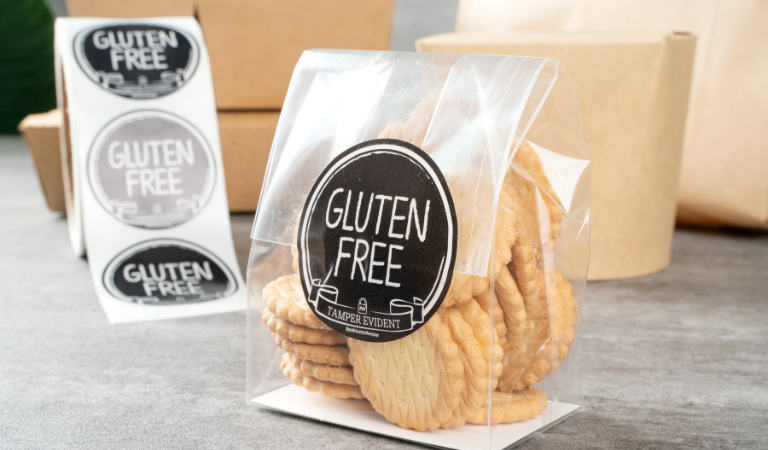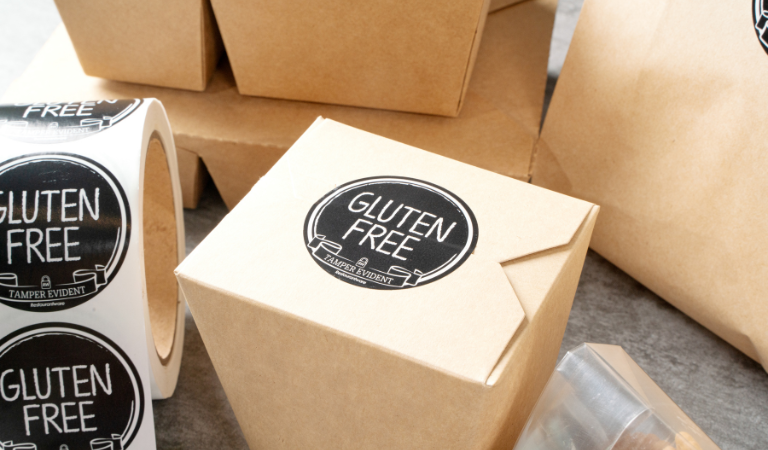Creating a gluten-free menu is no longer a niche trend. With increasing awareness of gluten intolerance and celiac disease, more people are seeking out gluten-free options when dining out. As a restaurant owner or chef, creating a gluten-free menu that speaks to your customers is essential to attract and retain these diners.

Tips On How To Create A Gluten-Free Menu
Understand Gluten-Free Diets
Before creating a gluten-free menu, it's important to understand what a gluten-free diet entails. Gluten is a protein found in wheat, barley, and rye. People with celiac disease or gluten intolerance cannot digest gluten properly and can suffer from symptoms like bloating, abdominal pain, diarrhea, and fatigue.
When creating a gluten-free menu, it's essential to avoid using ingredients that contain gluten. Some examples of gluten-containing ingredients include wheat flour, semolina, bulgur, and spelt. Gluten can also be hidden in ingredients like soy sauce, malt vinegar, and beer.
Start with Simple, Whole Ingredients
When creating a gluten-free menu, start with simple, whole ingredients that are naturally gluten-free. Vegetables, fruits, meats, poultry, fish, and dairy products are all naturally gluten-free.
You can also incorporate gluten-free grains like quinoa, rice, millet, and corn into your menu. These grains are versatile and can be used in a variety of dishes like salads, stir-fries, and soups.
Offer Gluten-Free Alternatives
If your restaurant offers dishes that traditionally contain gluten, consider offering gluten-free alternatives. For example, you can use gluten-free flour to make pizza crusts, bread, and pasta. You can also offer gluten-free buns for burgers and sandwiches.
It's important to note that gluten-free alternatives may have a different texture or taste than their gluten-containing counterparts. Experiment with different gluten-free flours and ingredients to find the best options for your menu.
Train Your Staff
When offering a gluten-free menu, it's essential to train your staff on the basics of gluten-free diets and how to prevent cross-contamination in the kitchen. Cross-contamination can occur when gluten-containing ingredients come into contact with gluten-free ingredients, utensils, or surfaces.
Your staff should understand how to prepare and handle gluten-free dishes separately from gluten-containing dishes. They should also be able to answer any questions customers may have about the menu.
Clearly Label Gluten-Free Dishes
Properly labeling gluten-free dishes is essential for ensuring the safety of individuals with gluten sensitivities or intolerances. By clearly indicating which menu items are gluten-free, you provide a crucial service to customers with gluten intolerance or celiac disease. Clear labeling helps them easily identify safe options that meet their dietary needs and ensures a more enjoyable and worry-free dining experience.

Communicate with Your Customers
Communication is key when creating a gluten-free menu. Make it clear to your customers that you offer gluten-free options and that you take their dietary needs seriously. You can include a note on your menu or website about your gluten-free options and how you handle them in the kitchen.
You can also encourage customers to communicate their dietary needs and preferences to your staff. This will help your staff better accommodate their needs and ensure a positive dining experience.
Offer a Variety of Options
When creating a gluten-free menu, it's important to offer a variety of options to suit different tastes and dietary needs. Consider offering gluten-free options for appetizers, entrees, sides, and desserts.
You can also offer vegan and vegetarian options that are naturally gluten-free, like salads and vegetable dishes. This will help attract a wider range of customers and ensure that everyone can find something they enjoy on your menu.
Get Creative with Ingredients
Creating a gluten-free menu doesn't have to be boring. Get creative with ingredients and try new flavors and textures. Experiment with gluten-free flours like almond flour, coconut flour, and chickpea flour to create unique dishes like gluten-free pancakes, crêpes, and cakes.
You can also incorporate gluten-free sauces and dressings to add flavor to your dishes. Try using gluten-free soy sauce, tamari, or coconut aminos as a substitute for traditional soy sauce.
Update Your Menu Regularly
To keep your gluten-free menu fresh and exciting, update it regularly. You can offer seasonal dishes that incorporate fresh, local produce or experiment with new flavors and cuisines.
Consider adding daily specials to your gluten-free menu to keep your regular customers interested and attract new ones. This will show your customers that you are committed to offering them the best dining experience possible.

Cater To The Needs Of Your Customers
Creating a gluten-free menu is essential in today's food industry. By understanding gluten-free diets, offering gluten-free alternatives, training your staff, labeling dishes clearly, communicating with your customers, offering a variety of options, getting creative with ingredients, and updating your menu regularly, you can create a gluten-free menu that is both delicious and inclusive.
Remember, catering to customers with gluten intolerance or celiac disease is not only about providing a menu that is safe for them to eat, it's about creating an environment where they can feel comfortable and confident that their dietary needs are being taken seriously. By implementing these tips, you can create a welcoming atmosphere for all customers and ensure that they have an enjoyable dining experience.








